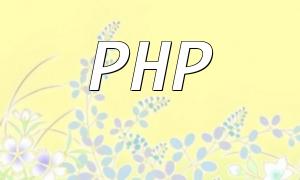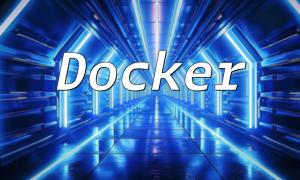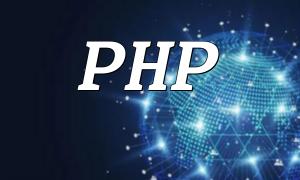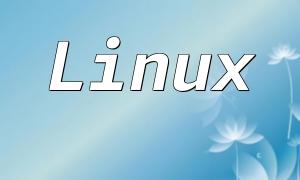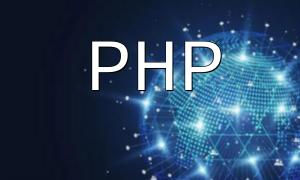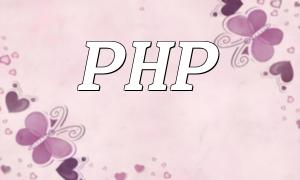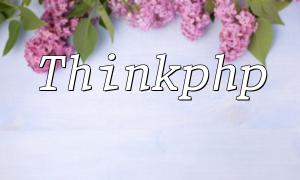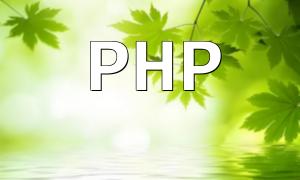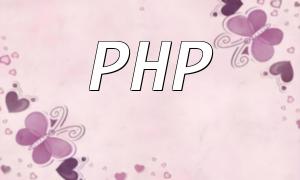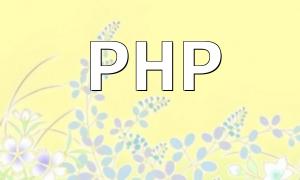With the rapid development of cloud computing, more and more companies and developers are choosing to deploy their applications on cloud platforms. PHP frameworks, with their flexibility and rich ecosystem, have become the top choice for many developers. In this context, Docker, as a lightweight virtualization technology, provides the best practices for efficiently managing PHP environments on cloud platforms. This article will discuss how to deploy PHP frameworks using Docker on cloud platforms and share some practical tips and best practices.
Docker is an open-source containerization technology that allows applications and their dependencies to be packaged into independent, portable containers for consistent and repeatable deployment. Docker containers offer several advantages:
Before deploying an application, you first need to create a Dockerfile, which is the blueprint for building a Docker image. Here’s an example of a Dockerfile for a PHP framework like Laravel:
This Dockerfile does the following tasks: sets the working directory, copies application code, installs required system dependencies and PHP extensions, and specifies the command to run when the container starts.
After creating the Dockerfile, you can build the Docker image using the following command:
In this command, we specify the image name as `my-php-app`. Once the build is successful, you can check all images with the following command:
Once the image is built, you can quickly start a container using the following command:
This command maps port 9000 of the container to port 9000 of the host, allowing you to access the application.
Another important aspect of deploying applications on cloud platforms is implementing CI/CD. By integrating Docker with CI/CD tools like GitLab CI or Jenkins, you can automate the build, test, and deployment processes.
Typically, when code is pushed to a version control system, the CI/CD tools automatically pull the latest code, build the new image, and deploy it on cloud platforms like AWS or Google Cloud.
In Docker, multi-stage builds help reduce the image size. For example, you can install Composer dependencies in one stage and only copy the compiled files in another stage, avoiding the inclusion of build tools in the final image.
When handling different environments (such as development, testing, production), environment variables in Docker can be used to configure application behavior. For instance, Docker Compose files can set environment variables for managing database connection strings and other sensitive information.
By integrating monitoring tools like Prometheus and Grafana, and log management tools like the ELK stack, you can monitor and analyze logs of Docker containers running on cloud platforms, enabling you to identify and resolve issues promptly.
Deploying PHP frameworks on cloud platforms using Docker significantly improves the portability, consistency, and maintainability of applications. By designing Dockerfiles, building Docker images, and managing containers, along with integrating CI/CD processes, developers can better serve business needs. With the best practices outlined above, developers can smoothly deploy and maintain their PHP applications in cloud environments. As technology continues to evolve, continuously exploring and optimizing these practices will help achieve more efficient development and operations.
